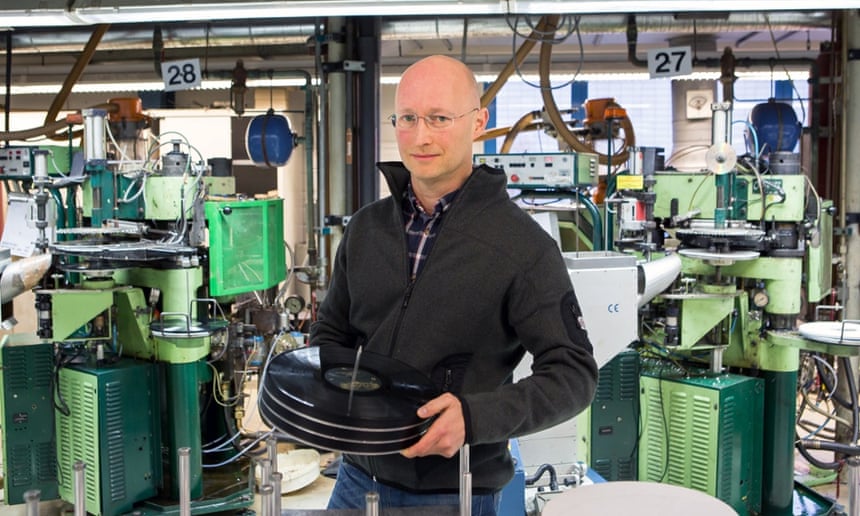The reason my analog record player has been sitting gathering dust has more to do with the tyranny of its need for space - a lot of it. For the longest time I didn't think it would fit on top of the Vitra ad hoc book case that I use dot hold the audio system in the living room. It requires over 15 inches of depth when the dust cover is open.
A few days ago, I thought what a shame that I am not using it. I have invested a moderate sum in the turntable but a decent Grace F9E phono moving magnet cartridge in mid 80s.
I was pleasantly surprised that the turntable fit on top of the Vitra ad hoc book case, with only a centimeter of clearance at the back when the dust cover is open. Setting it up after nearly a decade of disuse take a bit of work. First the Sony audio receiver does not have a phono input, to my surprise. I recently swapped it with the other one that I used for my home theater because the center channel failed. The one that I have been using for my audio system was from the early 90s which supports Dolby 5.1 but not DTS 5.1, let alone the fancy schmancy 7.1 - more speakers than you can shake a stick at.
I had to swap back in the older Sony receiver that has the phono input. In case you don't know what phono input is here is the skinnies. In the old days of vinyl audio records, the equipment that plays the analog records has a phono cartridge which picks up the audio signal from the record though a needle. The minute movement of the needle is translated into electrical energy though one of two means. For the lower cost turntable, the cartridge is a piezoelectric device. It output a fairly high electric analog audio signal of the record at the expense of not so great audio quality. The better cartridges are based on moving magnet or moving coil pickup. The magnetic category has superior audio quality at the expense of lower output signal, which requires an additional phono pre-amplifier stage.
On interesting thing about the magnetic phono pre-amplifier stage is, it has something called the RIAA phono playback equalization characteristic. Vinyl records was engineered long before any analog noise reduction equipment available to consumers. The RIAA phono equalization is a very ingeneous pre-emphasis and de-emphasis scheme that is designed to overcome the physical limitation of record groove as a recording medium of high fidelity audio information. During the recording (cutting of the master) bass frequencies are suppressed while treble frequencies are boosted. The attenuated bass reduces the lateral excursions of the cutter (and needle during playback) allowing much more music to be fitted onto the record surface. The boosting of the treble frequency raises the signal to noise ratio at high frequencies, reducing the inherent ticks and pops during playback.
Having listen to analog album for so many years I was blown away how good a good setup can sound. My system currently only consists of run of the mill Sony receiver and my mid-fi speakers.
while was not that expensive at the time, the Thorens TD166 MKII is such a timeless clean looking design even after twenty more years
that afternoon i went shopping for more vinyl albums - i stopped at the mall and only to find the Apple store has expanded to double the former size
i can see they must be preparing for the launch and sales of the apple watches
these few albums were very well recorded
and the paraphernalia in keeping the album and the cartridge pickup noodle clean
That afternoon, I went to Portland's iconic music store Music Millennium and came home with a big stack of old records - mostly not-so-played-to-death symphonies and opera at bargain prices.
Update, Jan 9, 2014:
The Guardian has a very timely and interesting article on the resurgence of vinyl records - Vinyl's Difficult Comeback









